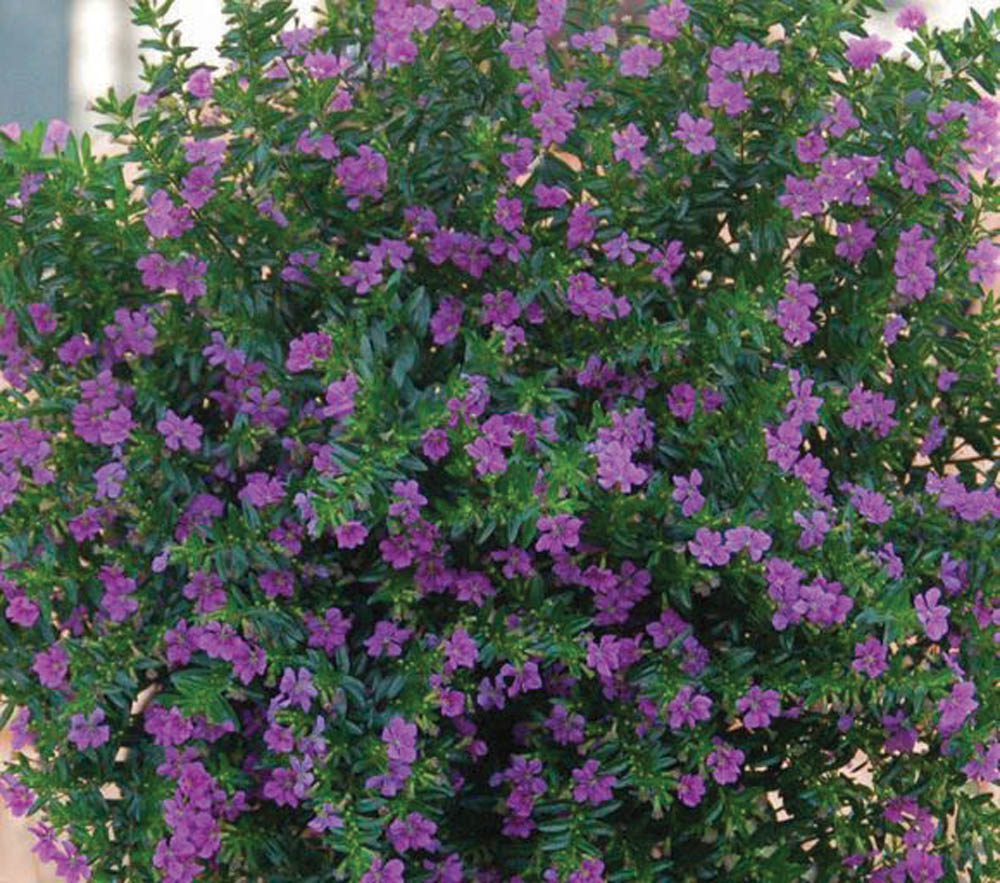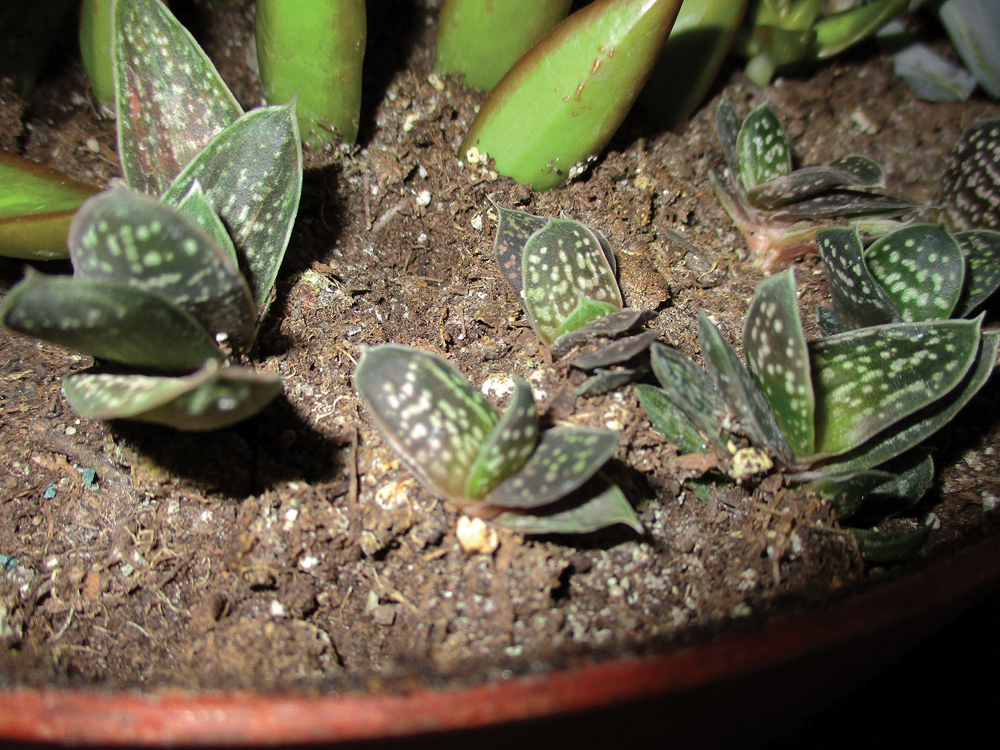During the long winter I often purchase an inexpensive plant to place on the dining room table to be enjoyed during this rather dreary part of the year. Recently, friends visited and brought my wife and I a most beautiful plant, which has graced our table ever since — a miniature orchid. Over the last few years, these have become very affordable.
The most popular orchids grown for the potted plant market are phalaenopsis or moth orchids, and the miniature that I received, and those that I have seen in shops (not all shops or garden centres carry miniatures), are miniature phalaenopsis orchids. Relatively new to the marketplace, they range in height from 15 to 30 cm and they have exquisite, small blooms. Miniatures are usually planted in quite small containers; the one we received is in a ceramic container that is only seven cm in diameter.
Read Also

Giant Canada geese have gone wild in Manitoba
Giant Canada geese are seemingly everywhere and can be fine table fare for local hunters, but 70 years ago, they were borderline extinct.
I like the miniatures because they are much more versatile in terms of where they can be displayed. Although a full-size phalaenopsis would look odd and out of scale on our dining table, our little miniature serves as a perfect table centre. They require the same care as the larger types except for watering requirements. Since they are in smaller pots, they may need to be watered more often.
Generally, orchids are happy being watered once a week to keep the planting medium evenly moist without keeping the roots sodden. I hold mine under the tap and let water flow through the medium, allow excess moisture to drain out of the pot’s drainage hole, and put it back on the table.
Once a month I add a high-nitrogen soluble fertilizer to the water at half-strength. Orchids are usually potted in wood bark chips of some kind and they provide excellent drainage. Luckily, orchids like temperatures similar to those of our homes in winter, so no adjustment of the thermostat will be necessary. The only time temperature will be an issue is if you are encouraging new bud development. Then the temperature should be kept warm day and night.
Bright, indirect light is perfect for any phalaenopsis and generally, the humidity in our homes during the winter will satisfy the plant, but if you suspect the humidity in your home is low, place the orchid on a pebble tray.
Blooms of a phalaenopsis orchid, including those of a miniature, will last about three months. Because they are not expensive, many people do not try to get them to rebloom. If you want to get your plant to rebloom, cut off half of the flower stalk after the blooms have expired, keep the plant warm, and continue to look after it as you did when it was in bloom. In a month or so you may very well see new buds developing and in a couple of months after that, new blooms will begin to appear and you can enjoy another round of bloom from your beautiful miniature orchid.


















